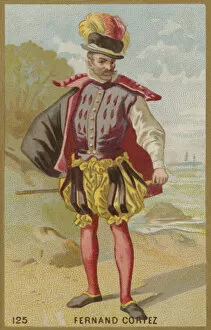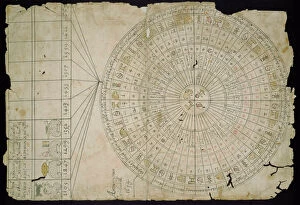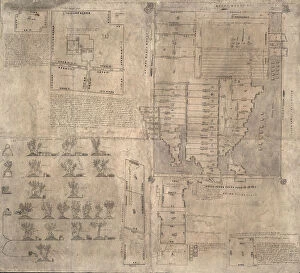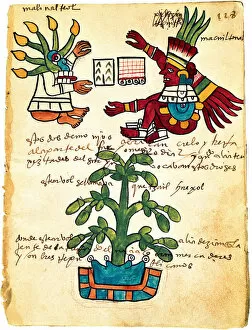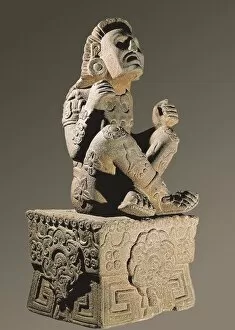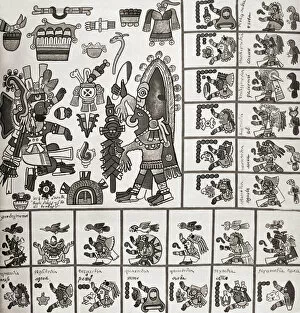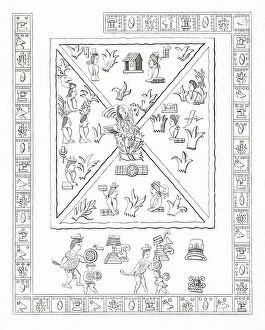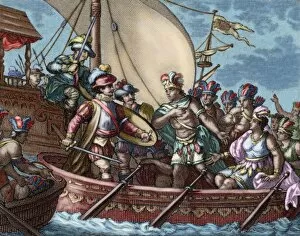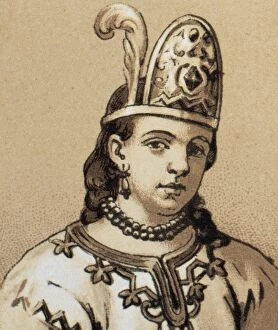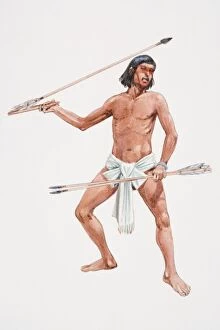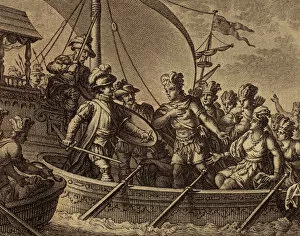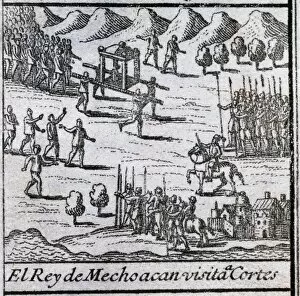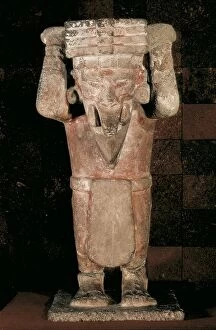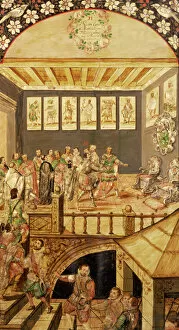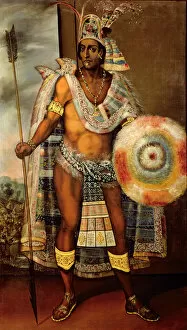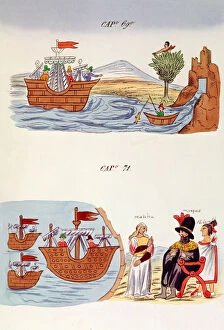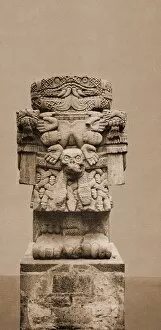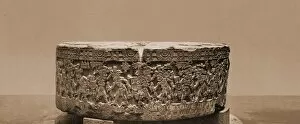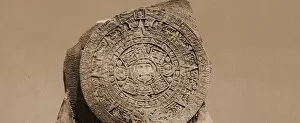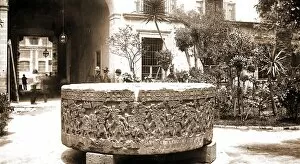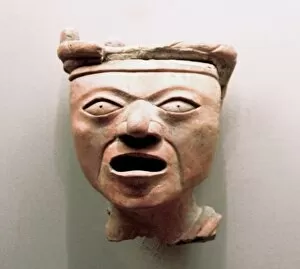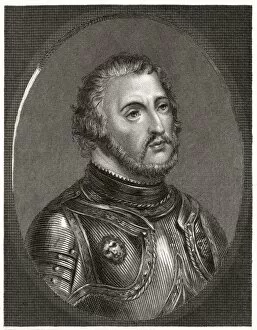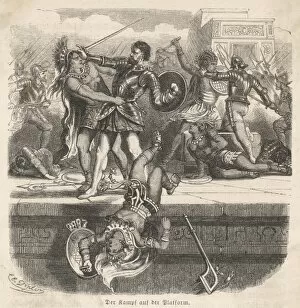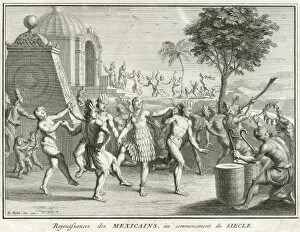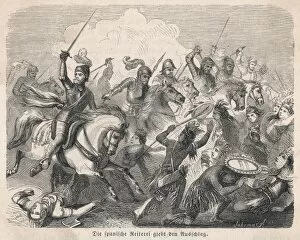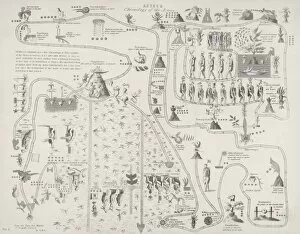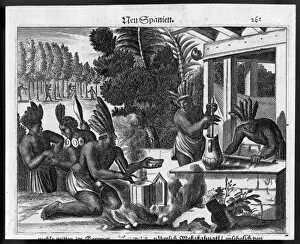Aztecs Collection (#5)
The Aztecs, a powerful Mesoamerican civilization, left behind a rich legacy that continues to captivate us today
For sale as Licensed Images
Choose your image, Select your licence and Download the media
The Aztecs, a powerful Mesoamerican civilization, left behind a rich legacy that continues to captivate us today. Their culture and beliefs are beautifully depicted in the Codex Borgia, an ancient manuscript filled with intricate illustrations of their rituals and divinatory practices. One significant encounter between the Aztecs and the Spanish conquistador Hernan Cortes is portrayed in history when the cacique of Tabasco presented twenty indigenous people to him. This meeting marked the beginning of a tumultuous period for both parties. Aztec warriors were renowned for their bravery and skill on the battlefield. In 1521, they faced off against Cortes' forces during intense battles like that of Otumba. These warriors fought fiercely to defend their customs and way of life. Customs played a vital role in Aztec society, with sacrifice being an integral part of religious ceremonies. The depiction of human sacrifice sends shivers down our spines but also serves as a reminder of how different cultures perceive spirituality. An illustration showcases an Aztec apprentice warrior clad only in a loincloth carrying an atlatl (spear-thrower) along with oak darts tipped with stone points. This image gives us insight into their military training methods and weaponry. Mexico holds many remnants from this ancient civilization, including Teotihuacan's Temple of Quetzacoatal - an awe-inspiring structure that stands as a testament to their architectural prowess. Another prominent location was Tenochtitlan, which later became Mexico City; it served as the heartland for the mighty empire. Quetzalcoatl Snake is another symbol associated with Aztec mythology—a deity revered by many Mesoamerican civilizations due to its association with creation and wisdom—its presence can still be felt throughout Mexico City today. Hernan Cortes himself played a pivotal role in shaping Aztec history through his conquests.


